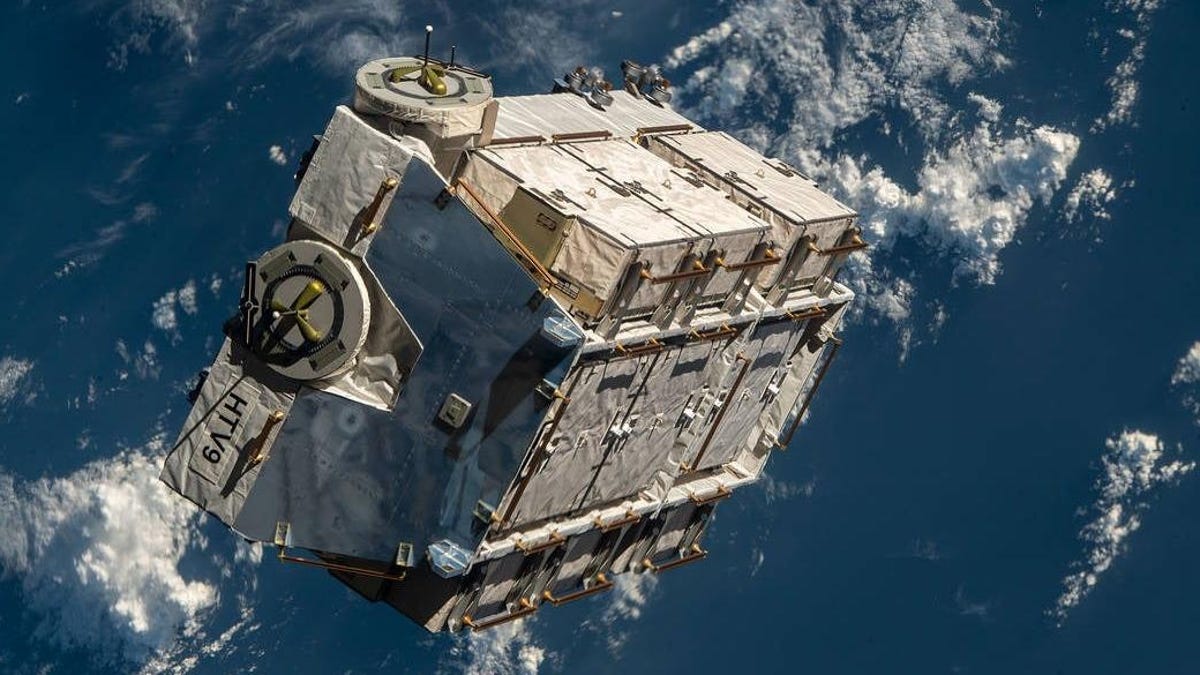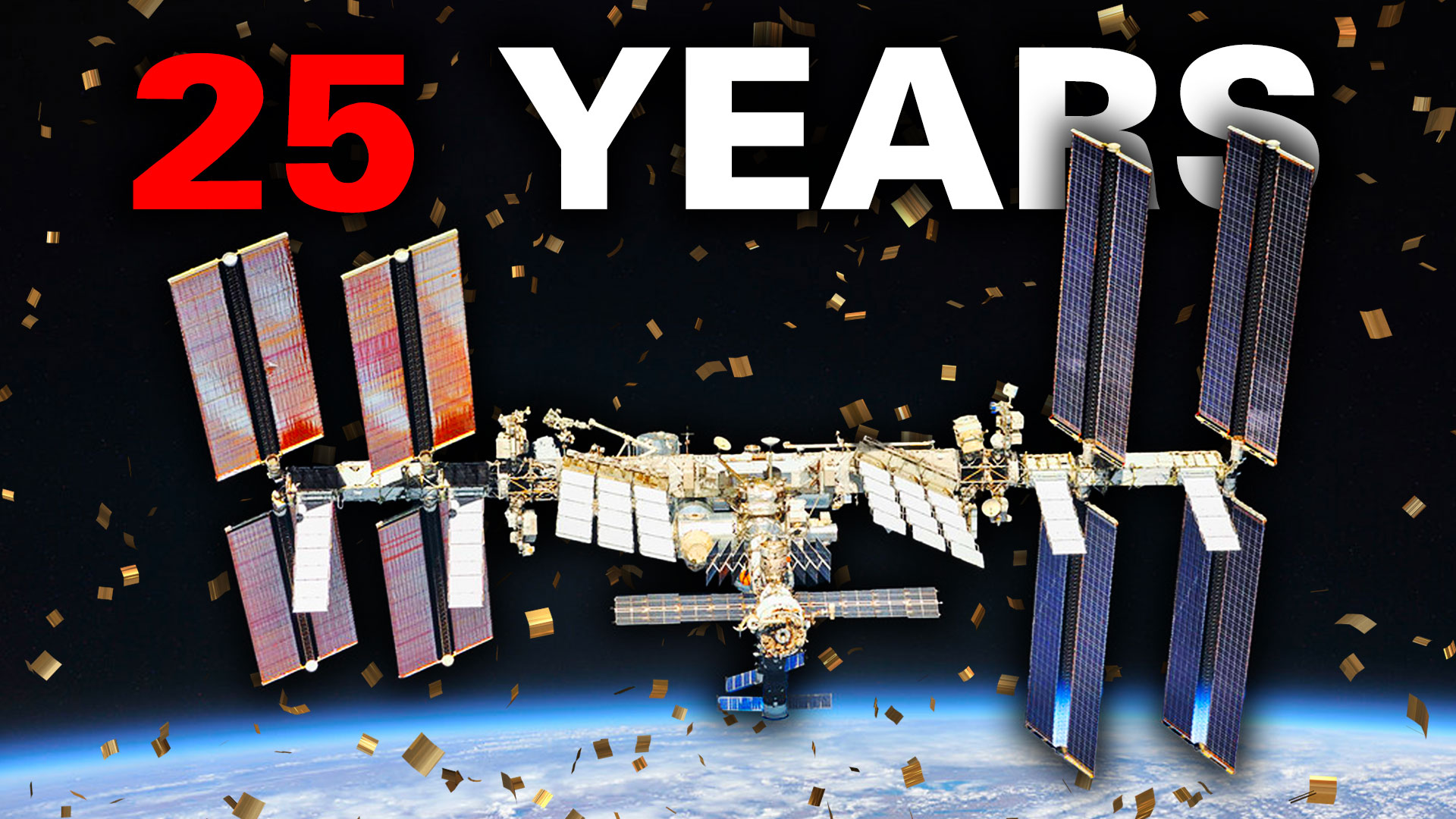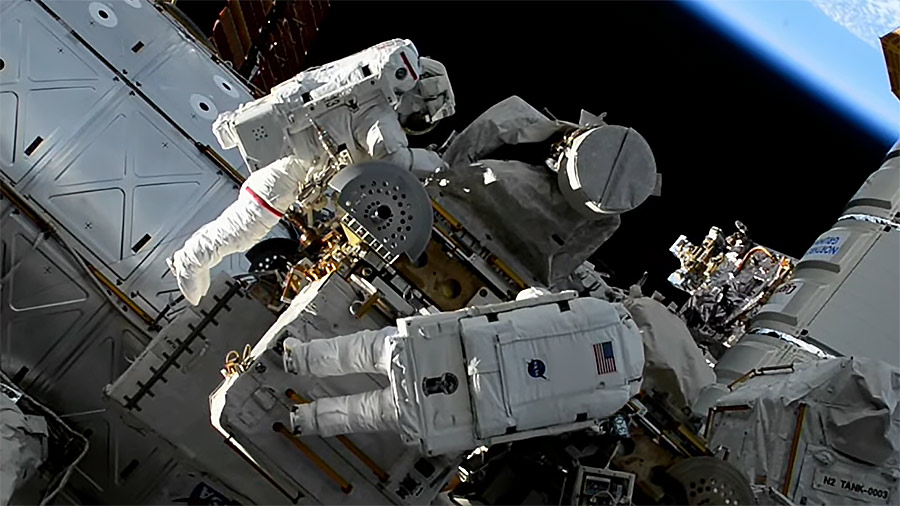Decades of research aboard the International Space Station (ISS) and other spacecraft in Low Earth Orbit (LEO) have shown that long-duration stays in microgravity will take a toll on human physiology. Among the most notable effects are muscle atrophy and bone density loss and effects on eyesight, blood flow, and cardiovascular health. However, as research like NASA’s Twin Study showed, the effects extend to organ function, psychological effects, and gene expression. Mitigating these effects is vital for future missions to the Moon, Mars, and other deep-space destinations.
To reduce the impact of microgravity, astronauts aboard the ISS rely on a strict regiment of resistance training, proper diet, and cardiovascular exercise to engage their muscles, bones, and other connective tissues that comprise their musculoskeletal systems. Unfortunately, the machines aboard the ISS are too large and heavy to bring aboard spacecraft for long-duration spaceflights, where space and mass requirements are limited. To address this, NASA is investigating whether exercise regimens that rely on minimal or no equipment could provide adequate physical activity.
Continue reading “How Can Astronauts Maintain Their Bodies With Minimal Equipment?”










